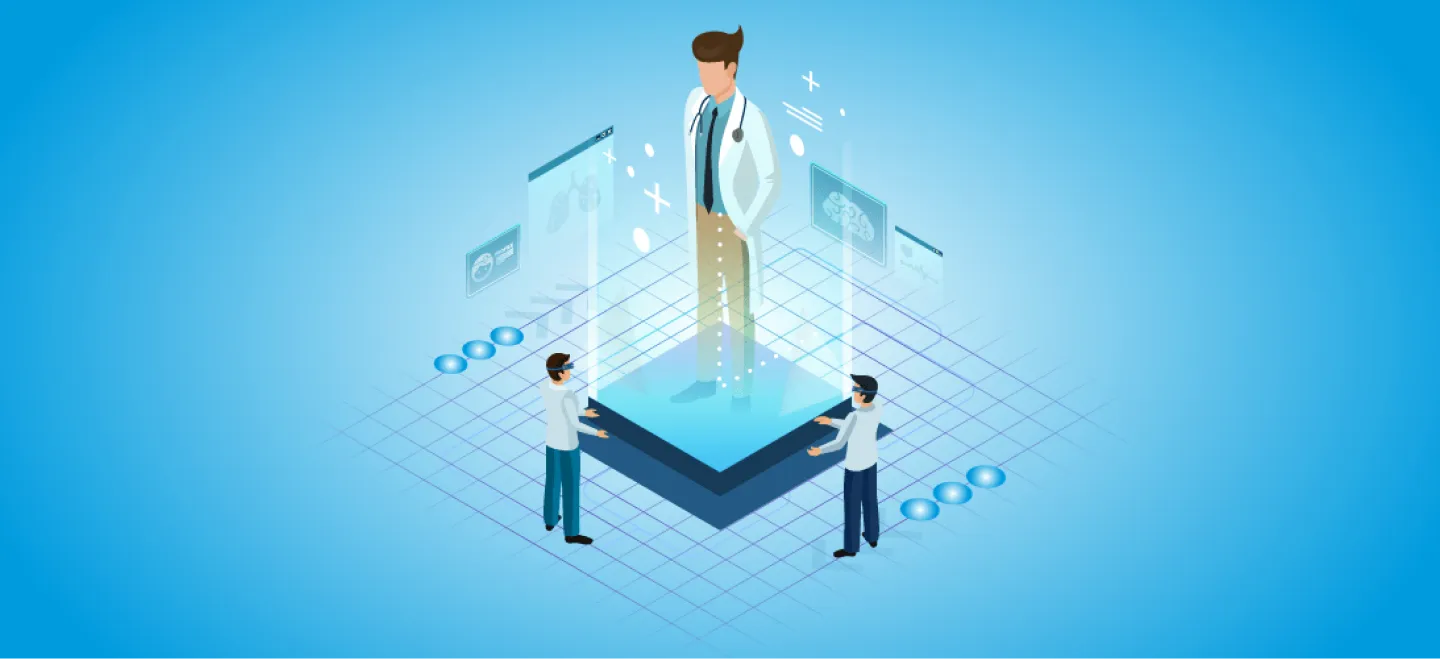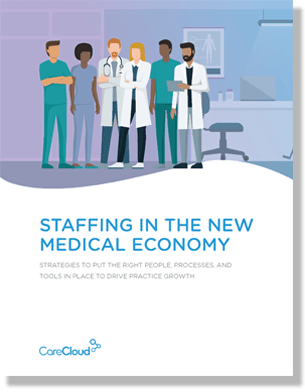Introduction
In the ever-evolving healthcare landscape, Remote Patient Monitoring (RPM) has emerged as a transformative tool, revolutionizing chronic care management. Chronic diseases, such as diabetes and hypertension, demand constant attention and personalized care. This article will explore how Remote Patient Monitoring (RPM) contribute to improved regular care, from real-time monitoring to reducing hospitalizations and emergencies.
Understanding Remote Patient Monitoring
Remote Patient Monitoring, often called RPM, constitutes a comprehensive system involving data processing, acquisition, and communication networks. This system employs wireless data transmission and integrated sensors, making it an ideal method for monitoring chronic patients. The scope of telemonitoring services, including RPM, extends to various demographics, from chronically ill patients to premature infants, accident victims, and the elderly.
How RPM Enhances Chronic Care
1. Real-time Monitoring and Intervention: RPM allows healthcare providers to monitor changes in patients’ medical conditions in real-time. For example, in diabetes, it enables continuous tracking of blood glucose levels. This real-time monitoring empowers healthcare professionals to intervene promptly, devising effective strategies for disease management.
2. Comfortable Hospital-at-Home Model: Unlike traditional hospital settings, the hospital-at-home model facilitated by RPM offers chronic patients the comfort of being surrounded by their loved ones. This enhances patient recovery and fosters a more collaborative and supportive environment.
3. Logistic Convenience: RPM is invaluable for managing chronic conditions in times of limited hospital space. The flexibility of remote monitoring eliminates the need for physical appointments, allowing our care managers to monitor real-time symptom analysis and vital sign monitoring accurately.
4. Access to Advanced Medical Tools: RPM equips service providers with a range of medical tools for the diagnosis, evaluation, and treatment prescription of chronic diseases. This technology bridges the gap between patients and healthcare professionals, ensuring timely access to essential medical assistance.
Reducing Readmissions, Hospitalizations, and Emergencies
One of the most significant advantages of RPM in chronic care management is its potential to reduce costly events such as hospitalizations, readmissions, and emergency room visits. RPM plays a crucial role in preventing emergencies by encouraging patients to maintain normal blood pressure and blood sugar levels. The ability to monitor and manage chronic conditions remotely minimizes the risk of serious health complications, ultimately leading to improved outcomes.
Controlled Personal Healthcare with RPM
The next generation of RPM solutions comes with user-friendly mobile-enabled applications, adding a layer of convenience for patients. These applications facilitate holistic health analysis, empowering individuals to make informed decisions about their lifestyle and diet. Moreover, they promote adherence to medication and treatment plans, ensuring a more controlled and personalized approach to healthcare.
The Future Landscape of Chronic Care Management
As we look ahead, integrating Remote Patient Monitoring (RPM) into chronic care management promises a future where healthcare is more patient-centric, efficient, and technologically advanced.
1. Data-Driven Decision-Making:
RPM services generate a wealth of patient-generated health data, ranging from vital signs to medication adherence. The analysis of this data allows healthcare providers to make informed decisions, tailoring treatment plans based on individual responses. This data-driven approach contributes to more personalized and effective chronic care management strategies.
2. Integrated Healthcare Ecosystem:
Integrating RPM into the broader healthcare ecosystem establishes a seamless flow of information between patients, healthcare providers, and other relevant stakeholders. This interconnectedness ensures a holistic approach to chronic care, where collaboration and communication are paramount. This integrated model fosters a comprehensive understanding of the patient’s health status, leading to better-informed decision-making.
3. Continuous Innovation in Telehealth:
As technology advances, so does the landscape of telehealth and remote patient monitoring. The continuous innovation in wearables, sensors, and mobile applications enhances the capabilities of RPM services. Future iterations may include predictive analytics, allowing healthcare providers to anticipate and address potential health issues before they escalate.
4. Addressing Healthcare Disparities:
RPM can potentially bridge the gap in healthcare access, particularly for individuals in rural areas. By enabling remote monitoring, patients can receive quality care without the constraints of their location. This addresses healthcare disparities, ensuring everyone can access effective chronic care management regardless of location.
Embracing Change for a Healthier Tomorrow
Integrating Remote Patient Monitoring services into chronic care management represents a significant step toward a future where healthcare is reactive and proactive. Empowering patients through education, leveraging data for informed decisions, creating an integrated healthcare ecosystem, fostering continuous innovation, and addressing disparities are all crucial elements of this transformative journey.
Conclusion
In conclusion, Remote Patient Monitoring services offer a paradigm shift in chronic care management. From real-time monitoring and intervention to reducing hospitalizations and emergency room visits, RPM is a versatile and effective solution. As we embrace the era of digital healthcare, the controlled personal healthcare facilitated by RPM not only enhances patient outcomes but also revolutionizes how we approach chronic care management. Embrace the future of healthcare with RPM services for a more personalized and efficient regular care experience.




